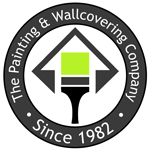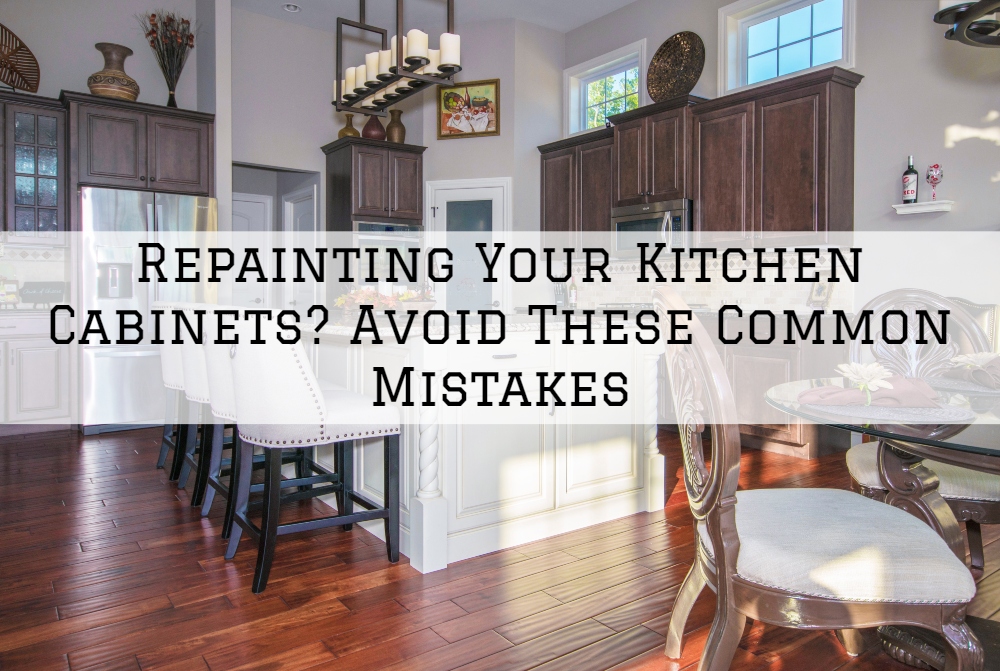Repainting Your Kitchen Cabinets? Avoid These Common Mistakes
Kitchen cabinets take the largest real estate in your kitchen, which means their looks and condition can make or break the overall appeal of your kitchen space. If your kitchen cabinets are starting to look a little tired and dated but still in a good physical condition, repainting or staining them is the easiest way to restore their glory.
Hiring professional painting contractors such as The Painting & Wallpapering Company is the easiest and most convenient way to restore your cabinets. However, if you choose to repaint your own cabinets, there are some common kitchen cabinet repainting mistakes to look out for.
Remember, doing it the wrong way or missing out some important steps might cost you much more than just hiring a professional painter in the first place. So, look out for the following mistakes:
1) Not Cleaning Your Cabinets
It might not seem like it, but your cabinets are covered in dust, fingerprints, grease, and much more. But does cleaning really matter? After all, you can just cover everything up with paint, right? Wrong.
Paint doesn’t stick well to dirty, greasy surfaces, or surfaces that have any kind of particles and residue –so the paint on the dirty surface won’t last. Before painting, clean the cabinet door panels, frames, boxes and hardware with a sponge and mineral spirits.
2) Not Taking Down the Doors And Drawers
Most DIY painters make these mistakes, either because they don’t know the importance of it or they don’t know how to. If you try to paint everything in place, you will have a hard time reaching some tight spots and edges, and your hardware and cabinet paint will start to chip within a very short time. So take down all the doors, drawers, pulls, knobs and hinges, and label them correctly.
3) Skipping Sanding
Even if your kitchen cabinets look nearly perfect, you will still have to sand them. Sanding removes any loose old paint or stain and creates a slightly roughened surface perfect for paint adhesion. You don’t have to sand up to the wood itself, just as long as the glossy surface or loose old paint is removed. After sanding wipe the cabinets with a damp cloth to get rid of any newly accumulated dust and residue.
4) Skipping the Primer
Again, if your kitchen cabinets are nearly perfect or if you’re not drastically changing the colors, you might be tempted to skip the primer. Well, this might save you time and even money for the moment, and your cabinets might look ok. However, a few months or even weeks down the line, your paint might start to fail, or wood knots might bleed right through your new paint coat.
A primer blocks off any previous stubborn stains, wood knots, and old paint, and seals any other surface imperfections that might otherwise ruin your paint. Using a primer also means that you will need fewer paint coats, achieve better coverage and get a durable paint job due to improved paint adhesion.
5) Painting on Wet Surfaces
The paint and primer won’t stick to wet or partially dry surfaces. It’s that simple. Attempting to paint on wet surfaces will lead to paint peeling and bubbling just a few weeks or months down the line –you don’t want this; so wait for the cabinets to completely dry after cleaning before applying the primer, and also wait for the primer and the subsequent paint coats to dry before adding the next one.
The Bottom Line
As you can see, painting kitchen cabinets is relatively simple, but as you will find out, it has many technical steps that can completely ruin your entire paint job if not done right or skipped. If you don’t have the skills or experience, we suggest that you give a professional painting company like The Painting & Wallpapering Co. a try.
We provide high-quality and durable interior painting, kitchen cabinet repaint, furniture re-finish, wood finishing services in Moorestown, Mt Laurel, Cherry Hill, Haddonfield, Voorhees, Evesham, Medford, Tabernacle, Shamong and the surrounding areas. Simply give us a call 609.953.0944 to book a free estimate or make any inquiries.

